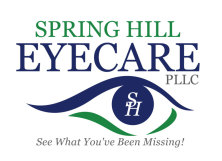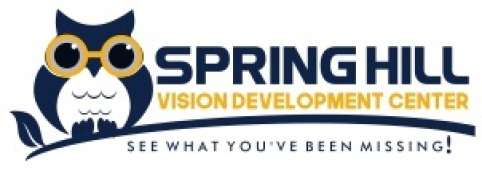1 out of 4 children and 7/10 juvenille delinquents have a vision disorder impairing their ability to succeed!
Many people believe that good vision simply means having 20/20 acuity, or seeing clearly in the distance. Vision is actually how the brain and eyes work together. Eighty percent of learning is visually related. Vision has a tremendous impact on the learning process for both children and adults.
Many people do not realize that struggles in the classroom and workplace are often not linked to intelligence or effort. Instead, they may have a visual disorder that impairs information processing. If visual problems are not diagnosed and treated, many children are incorrectly labeled as having behavioral or llearning difficulties.
VISUAL SKILLS NEEDED FOR LEARNING:
TRACKING: The ability of the eyes to simultaneously and smoothly follow words on a page, or moving objects in space.
EYE TEAMING: The ability of both eyes to point at the same object at the same time.
FOCUSING: The ability to look quickly from distance to near, or near to distance, without experiencing blurry vision.
PERCEPTUAL SKILLS: Poor perceptual skills, such as visual memory, visual motor integration, and directionality can also adversely affect learning.
VISION THERAPY is:
- A progressive program of vision procedures
- Performed under doctor supervision
- Individualized to fit the visual needs of each patient
- Generally conducted in-office, in once- or twice-weekly sessions of 30 mins to an hour.
- Ususally supplemented with procedures done at home between office visits.
VISION THERAPY may use:
- Therapeutic lenses
- Prisms
- Filters
- Occluders or patches
- Electronic targets
- Balance boards
- A variety of special tools designed for specific and unique vision therapy activities.
VISION THERAPY aims to:
- Help patients develop or improve fundamental visual skills and abilities
- Improve visual comfort, ease, and efficiency
- Change how a patient processes or interprets visual information.
How often are the following symptoms experienced by you or your child?
- Headaches with near work
- Words running together while reading
- Burning, itching, or watery eyes
- Skipping/repeating lines while reading
- Tilting head or closing one eye while reading
- Difficulty copying from a chalkboard
- Avoiding near work or reading
- Omitting small words when reading
- Writing uphill or downhill
- Misaligning digits/columns of numbers
- Poor reading comprehension
- Holding books or near work very close to eyes
- Short attention span with near work
- Difficulty completing assignments on time
- Saying “I can’t” before trying something
- Clumsiness and knocking things over
- Poor use of time
- Losing belongings or misplacing things
- Forgetting things







